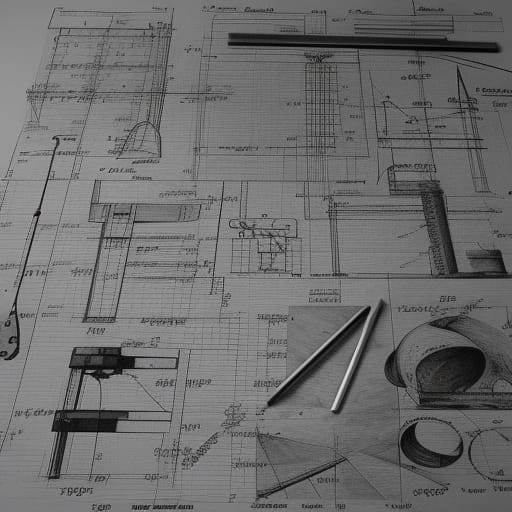“In preparing for battle I have always found that plans are useless, but planning is indispensable.” -Eisenhower (from Planning Extreme Programming)
I believe this is true, because “no plan survives contact with the enemy”. In software, the enemy is in the form of dark spirits hidden within the code, both legacy and yet to be written. Because plans (the schedule of work to be done) are intimately tied to designs (models of the software), it must also be true that no design survives contact with the enemy. Any programmer who begins writing code based on a preconceived design will almost immediately feel the pain of opposing forces that beg to be resolved through refactoring; programmers who lack this emotional connection with their code are probably experiencing a failure of imagination (to improve the design).
Therefore, I think we can return to the original quote and state its corollary: designs are useless, but designing is indispensable.
All this is to say that for the above reasons, I think these ideas strongly support the notion that the process artifacts (e.g., Functional Solution Approach, Functional Design, Technical Design) are more or less useless, because as soon as they are written they are obsoleted by improvements that are discovered contemporaneously with each line of code written, but the act of producing them (the thought invested in designing) is indispensable to producing good software.
This leads me to conclude that we should not fuss so much about the actual content of the artifacts, so long as they capture the essence to show a fruitful journey through designing—that problems have been thought through and decisions have been based on good reasoning. Worrying about the content being perfectly precise, comprehensive, and consistent ends up being a waste of effort, since the unrelenting act of designing will have already moved beyond the snapshot captured in the artifact.
Coincidentally, this theme also aligns with the notion of a learning organization espoused by Lean. The value of designing is the facilitation of learning.
